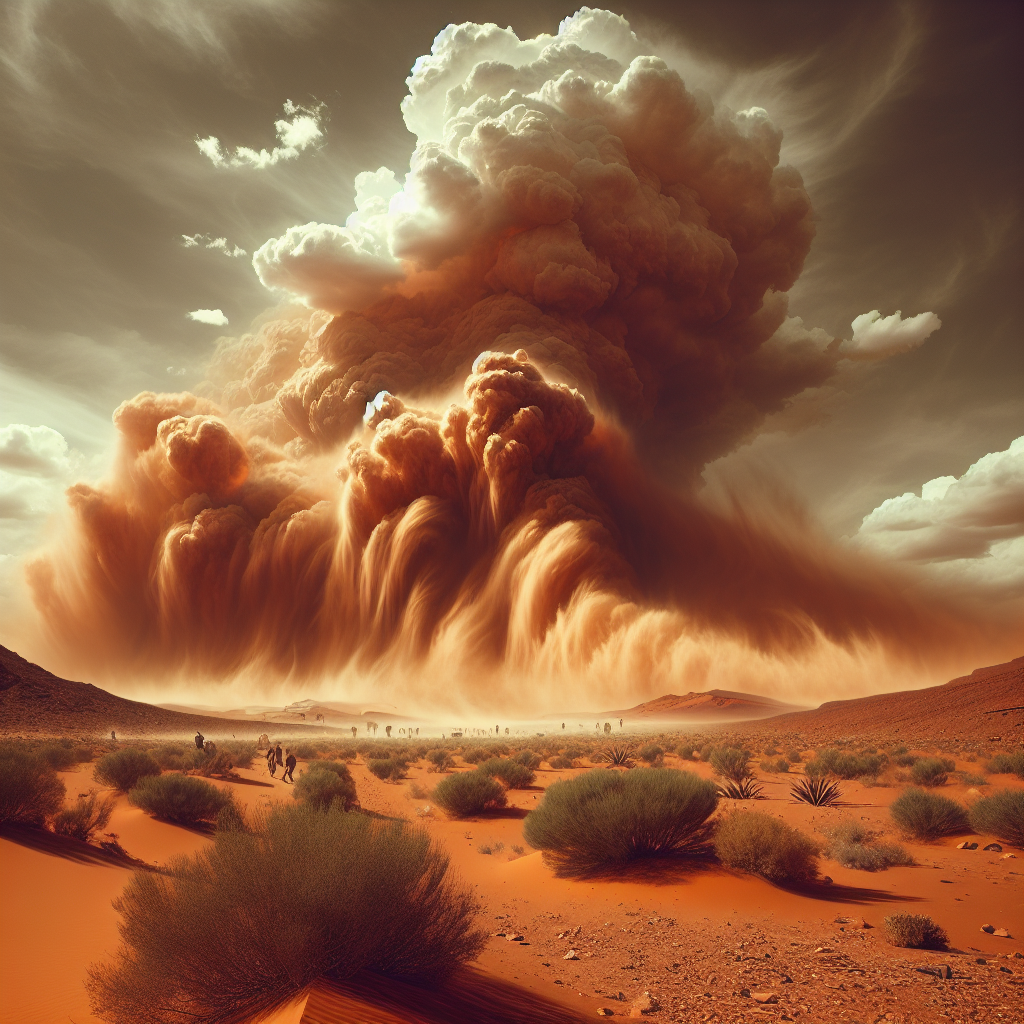Haboobs: The Dust Storms Terrifying the Southwest
Haboobs are massive dust storms in the Southwest U.S., formed by strong downdrafts in thunderstorms. They can reach speeds of 60 mph and travel up to 100 miles. Drivers caught in haboobs face zero visibility, making it vital to follow safety guidelines. Climate change may intensify future dust storms.

- Country:
- United States
Massive dust storms called haboobs, originating from thunderstorms, often sweep through the Southwest U.S., posing significant challenges especially for motorists who may find themselves caught in their path. These phenomena are both awe-inspiring and daunting due to their scale and speed.
The formation of haboobs is linked to strong downdrafts in thunderstorms. According to Sean Benedict, a meteorologist at the National Weather Service's Phoenix office, these downdrafts hit the ground with great force, lifting dust and dirt to create walls of dust that can be thousands of feet tall. The storms thrive in conditions with loose, dry soil, enhanced by human activity and climate change, which creates an ideal setting.
Drivers are advised to prioritize safety during these events. The National Weather Service issues dust warnings when visibility is expected to plummet to a quarter mile or less. Experts stress the importance of pulling off the road, turning off vehicle lights, and avoiding the temptation to follow other cars, which can increase the risk of pile-ups during visibility loss.
(With inputs from agencies.)
ALSO READ
UPDATE 1-Tariffs, climate change, smaller Brazil crop drive coffee prices up, ICO says
Controversy Over Trump Administration's Climate Change Proposal
Tariffs, climate change, smaller Brazil crop drive coffee prices up, ICO says
Wildfire Crisis: Human Exposure Soars Amid Climate Change Threats
Climate Change Shifts Gangotri Glacier Discharge Patterns










